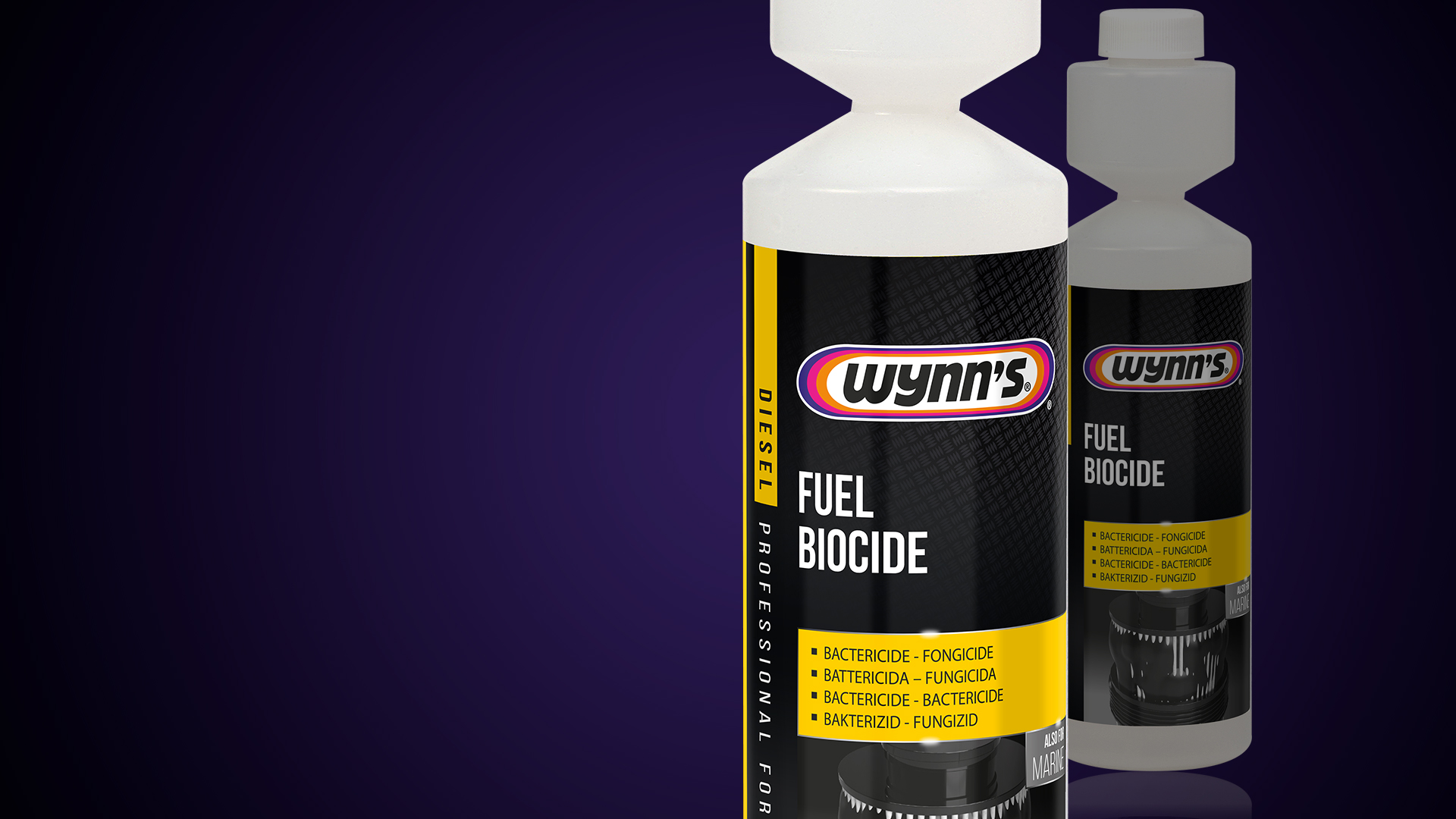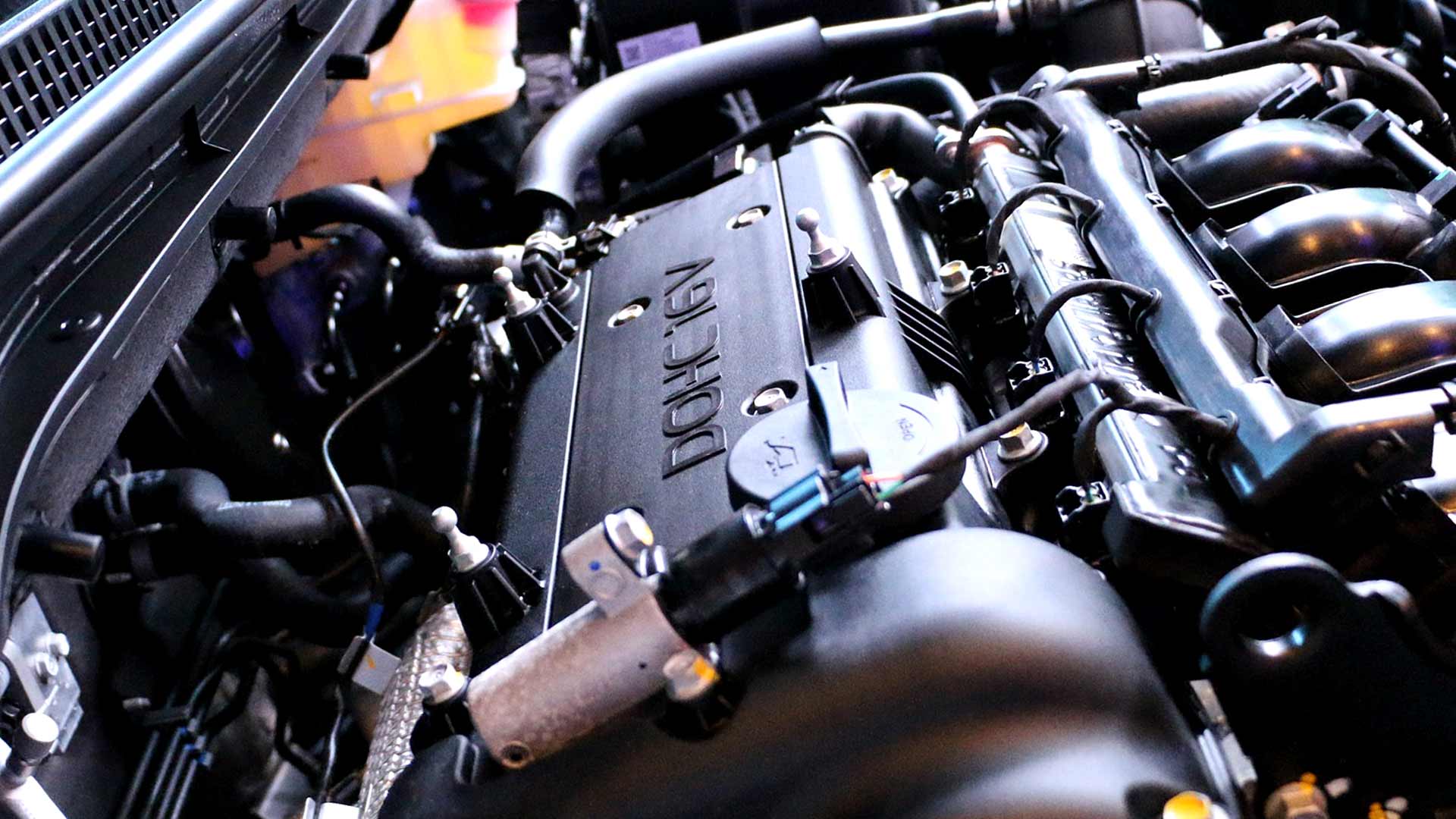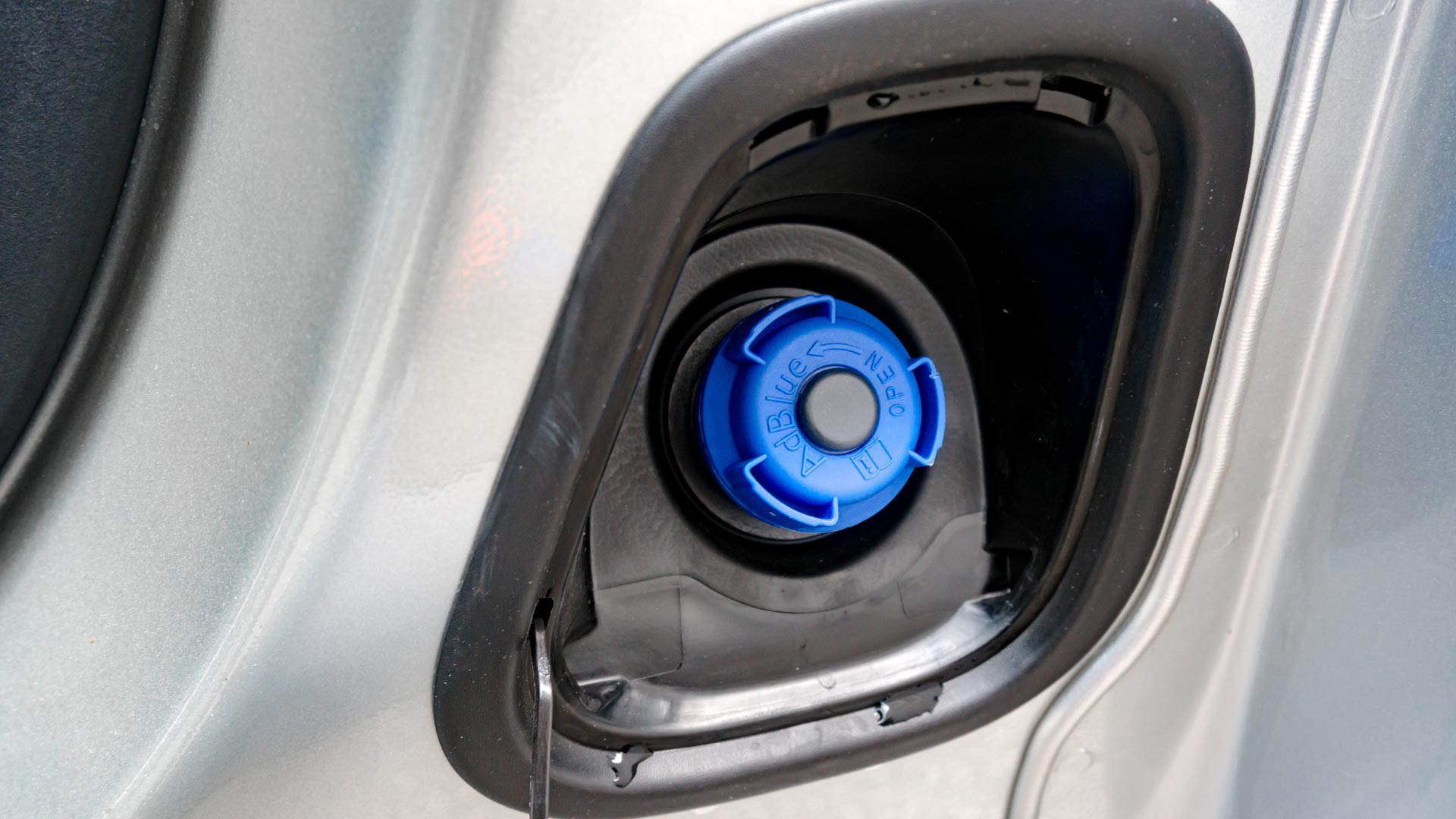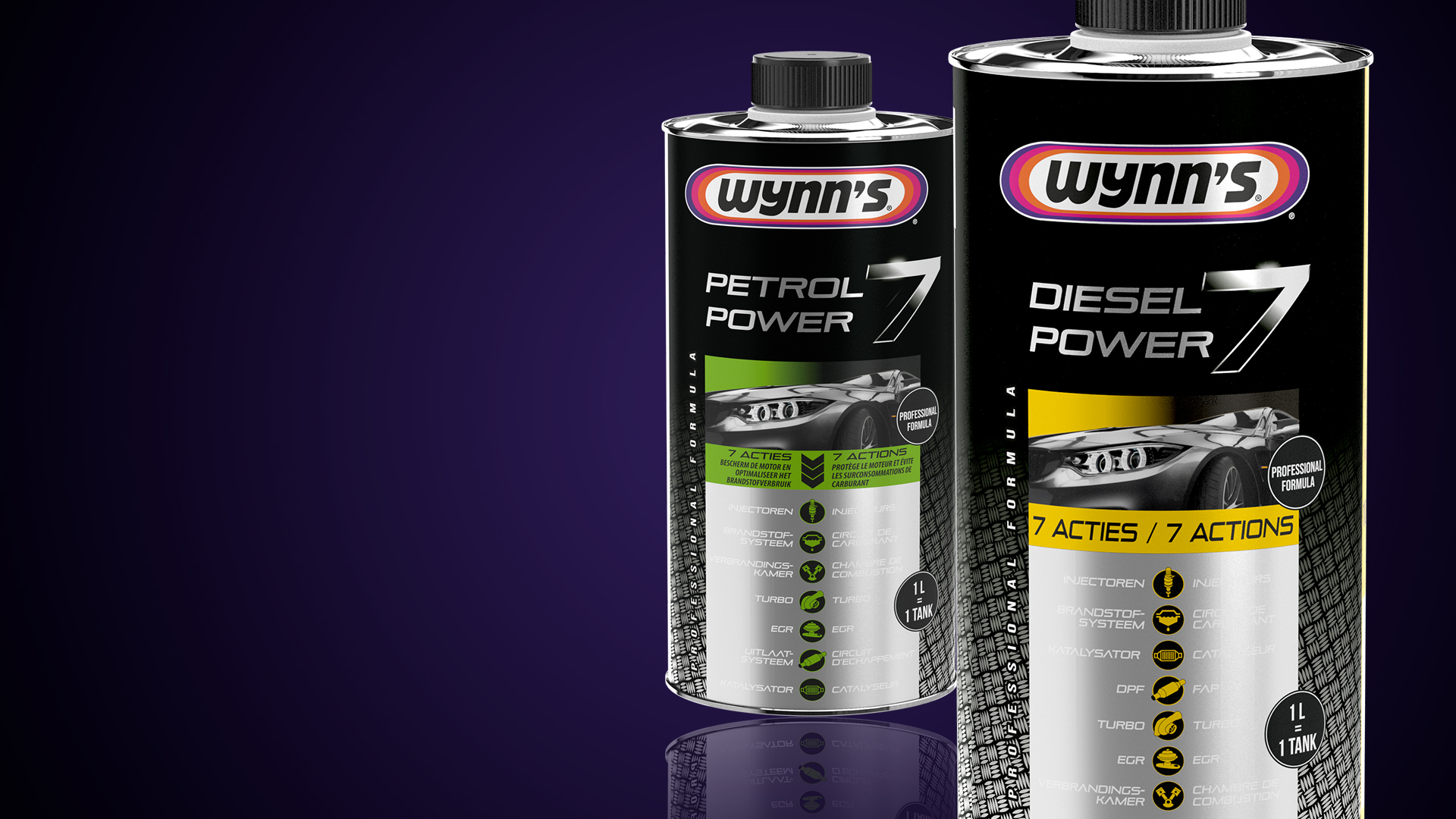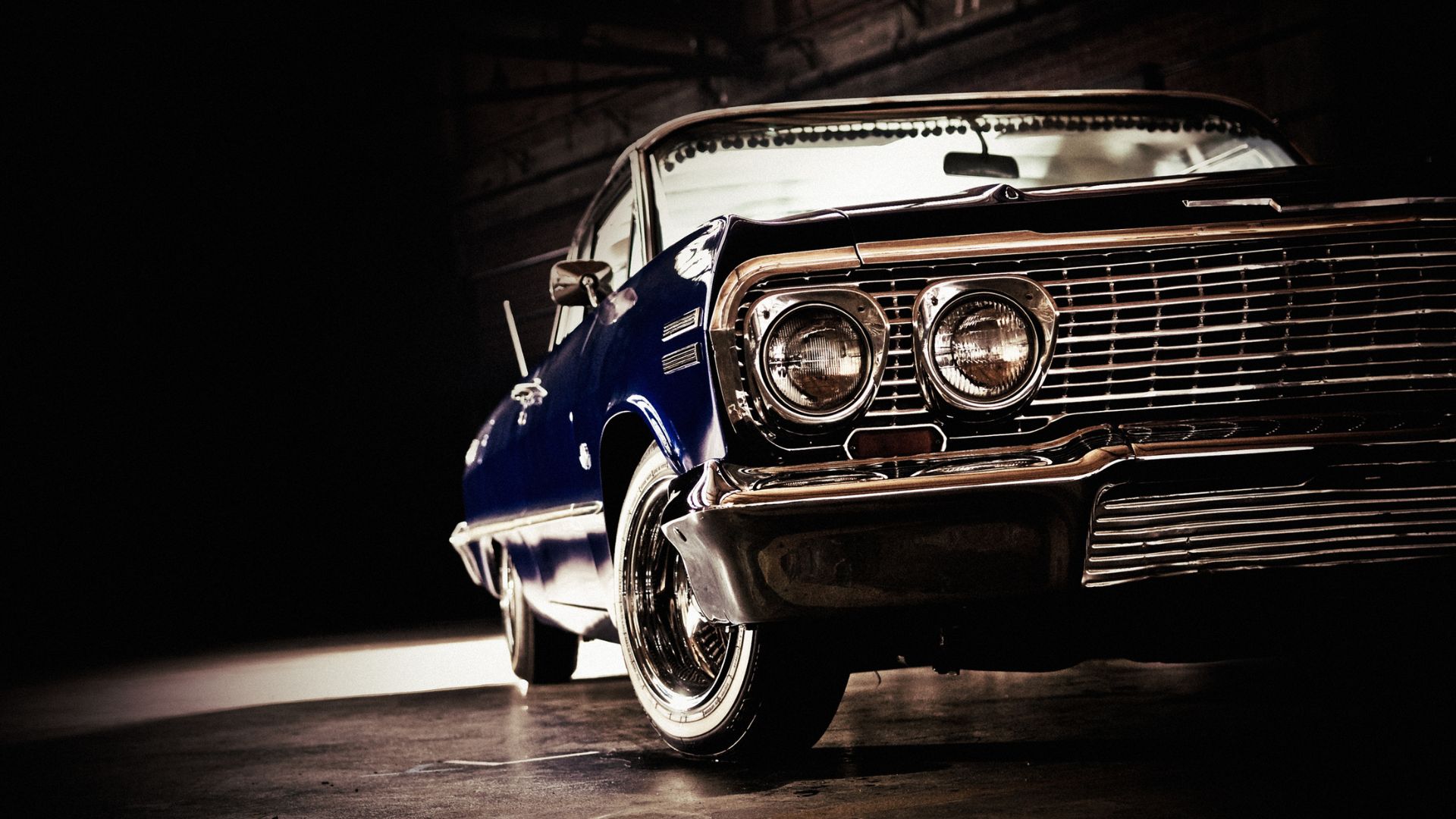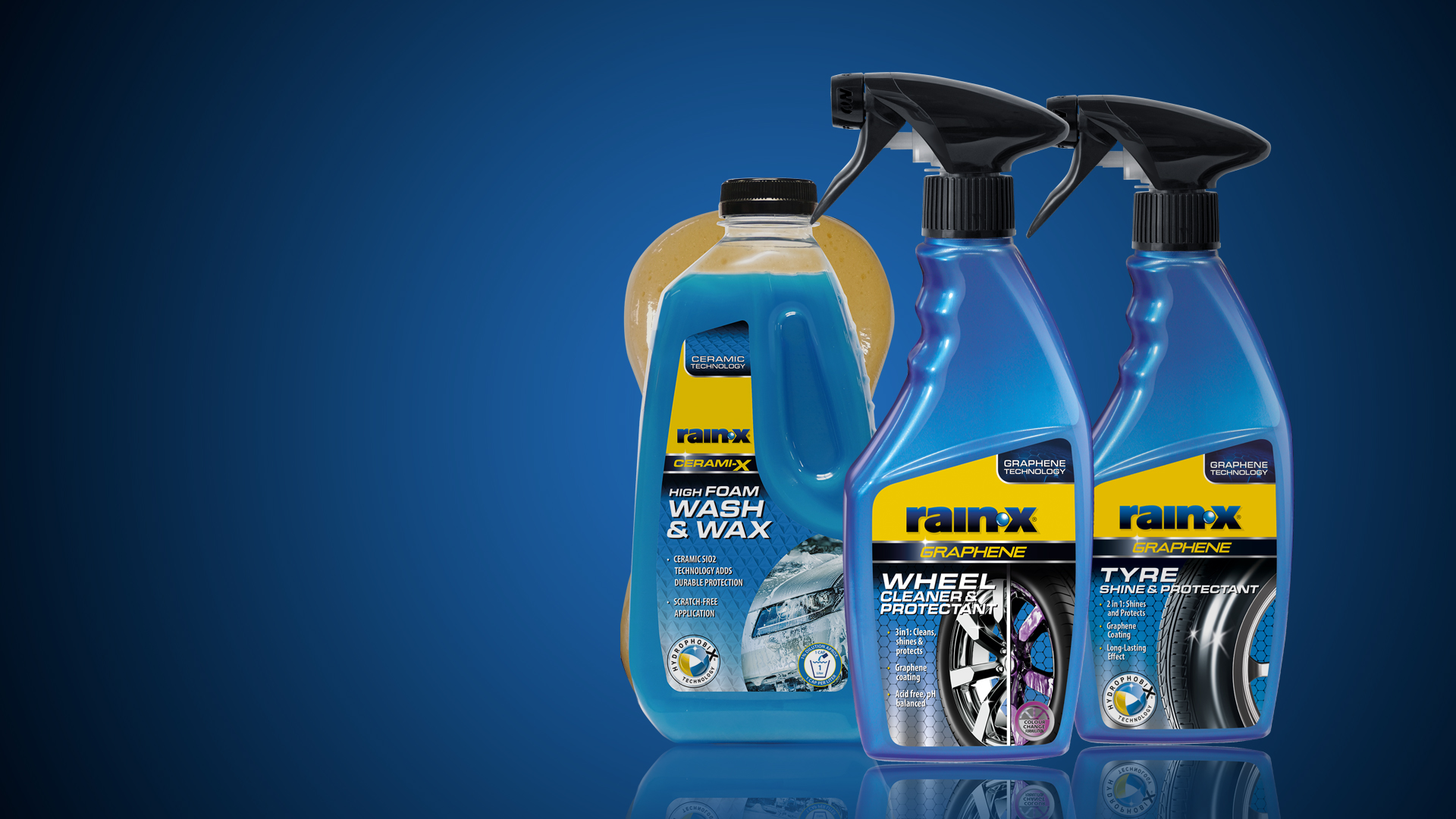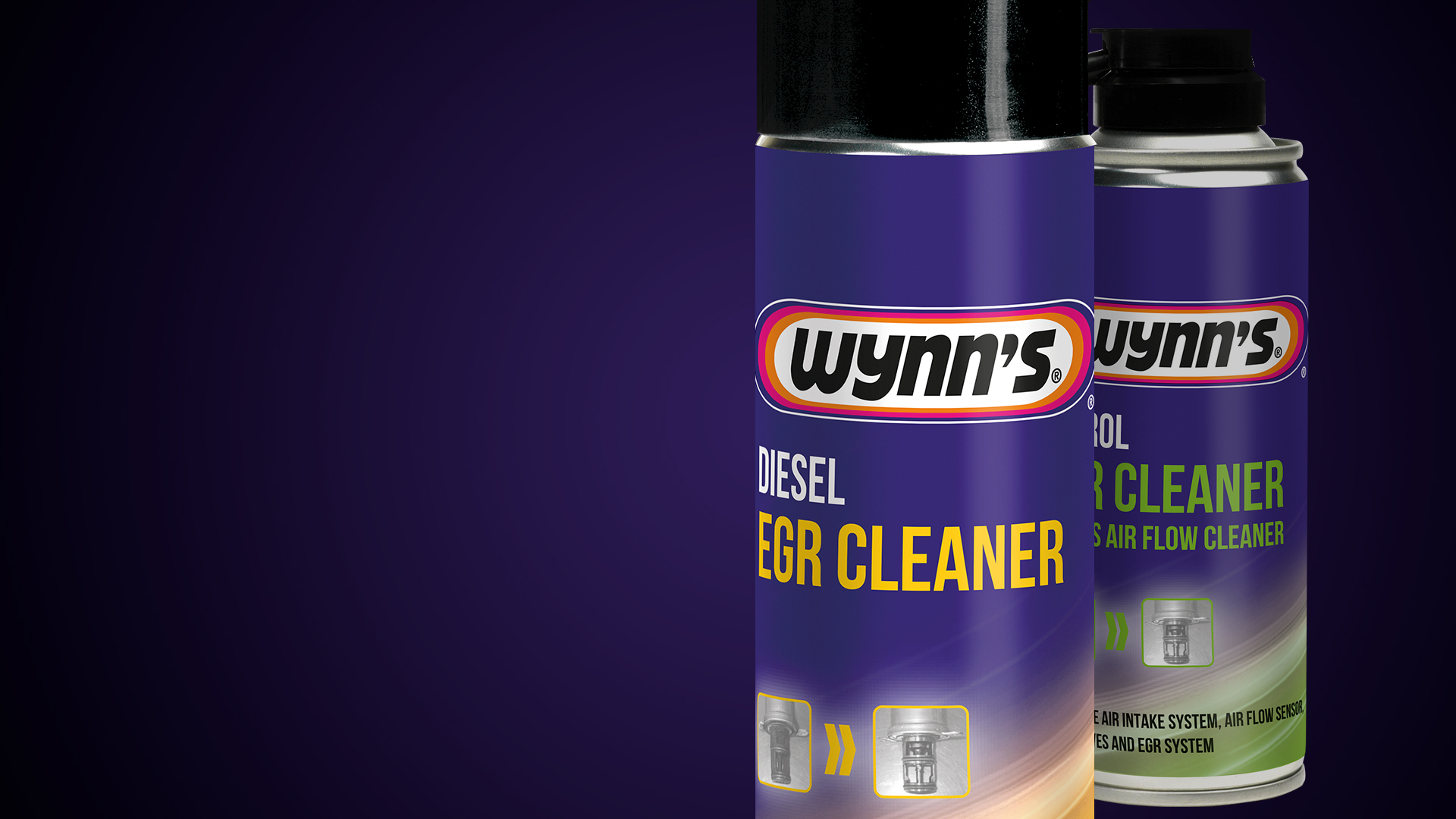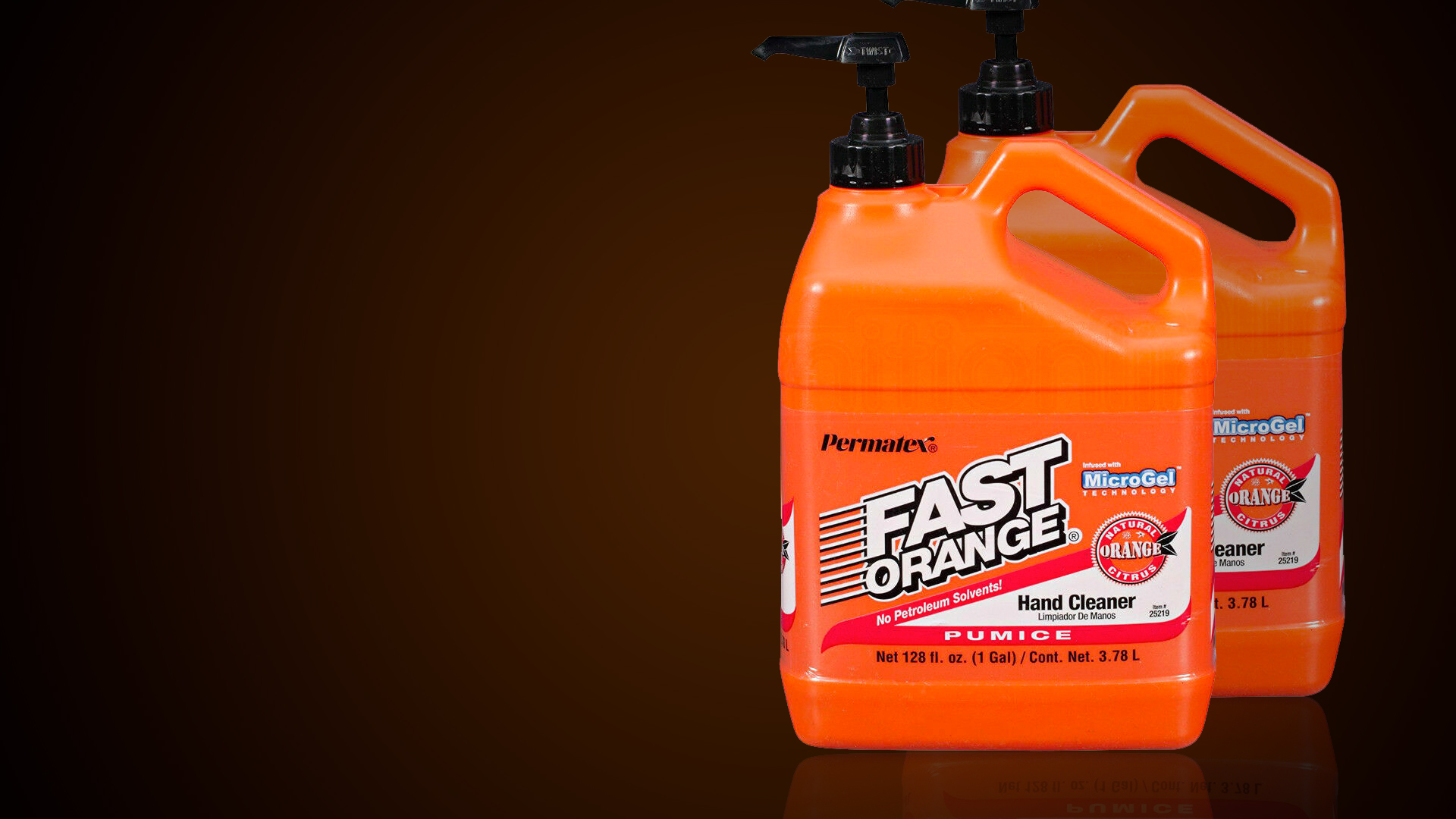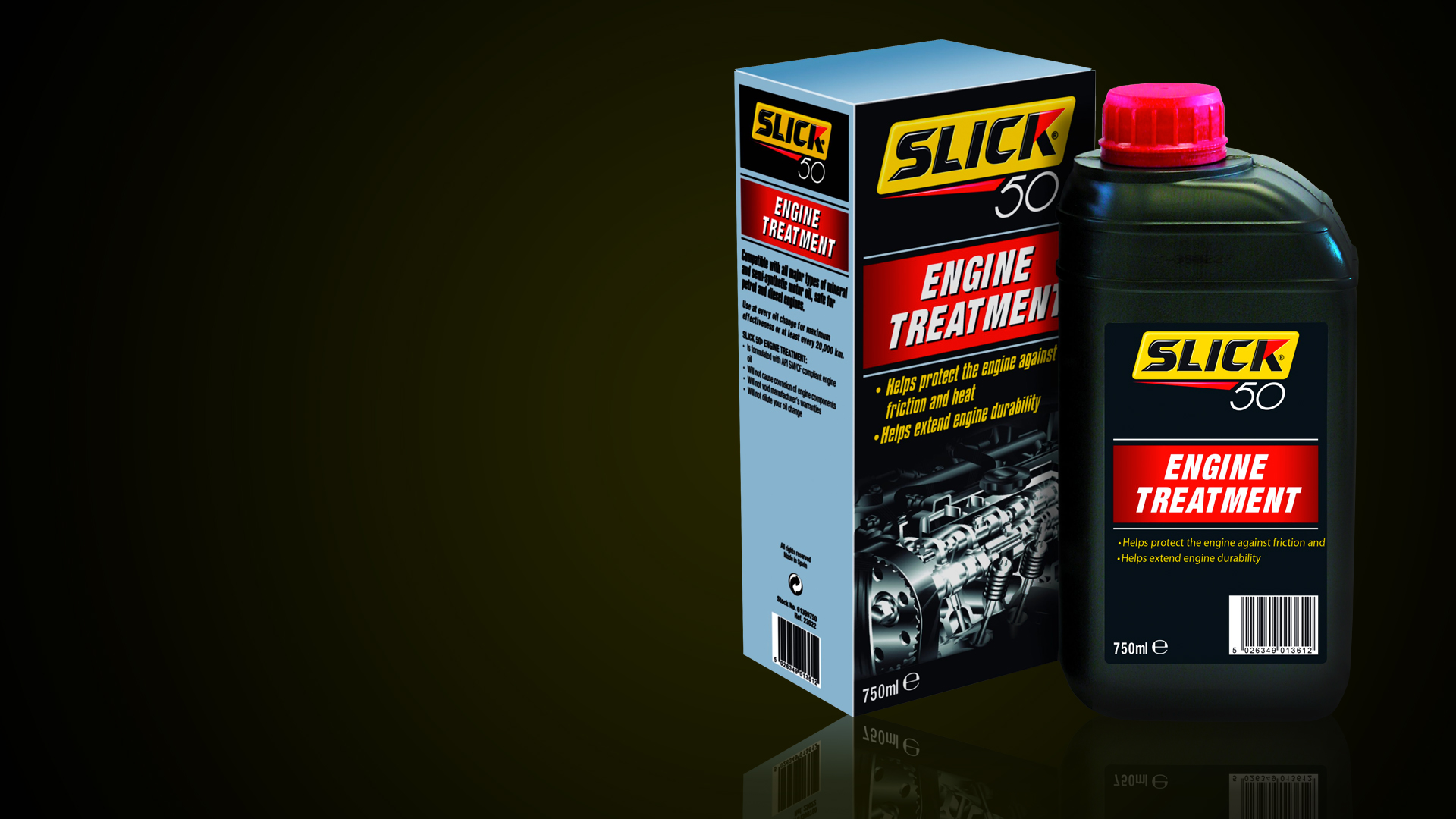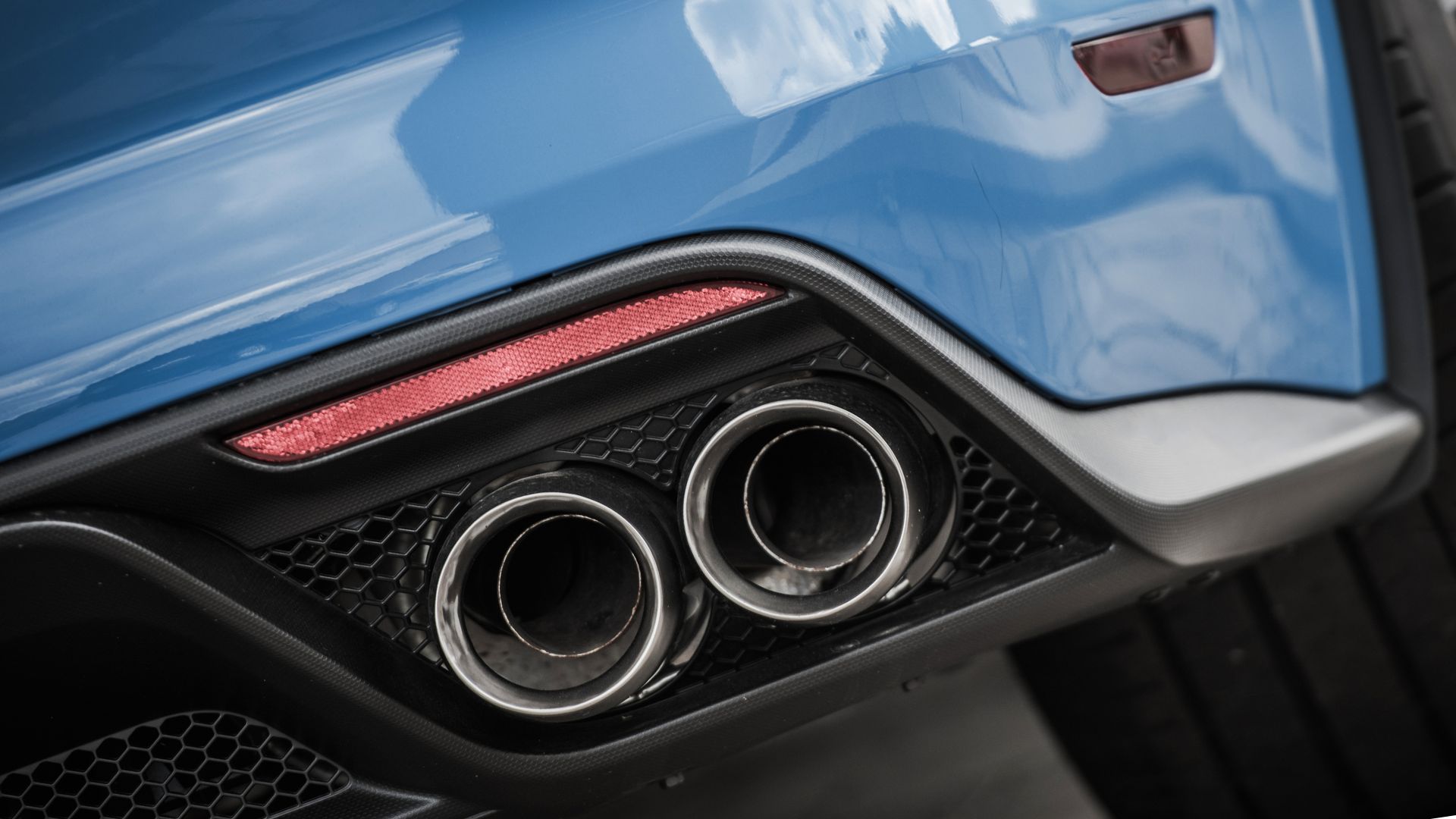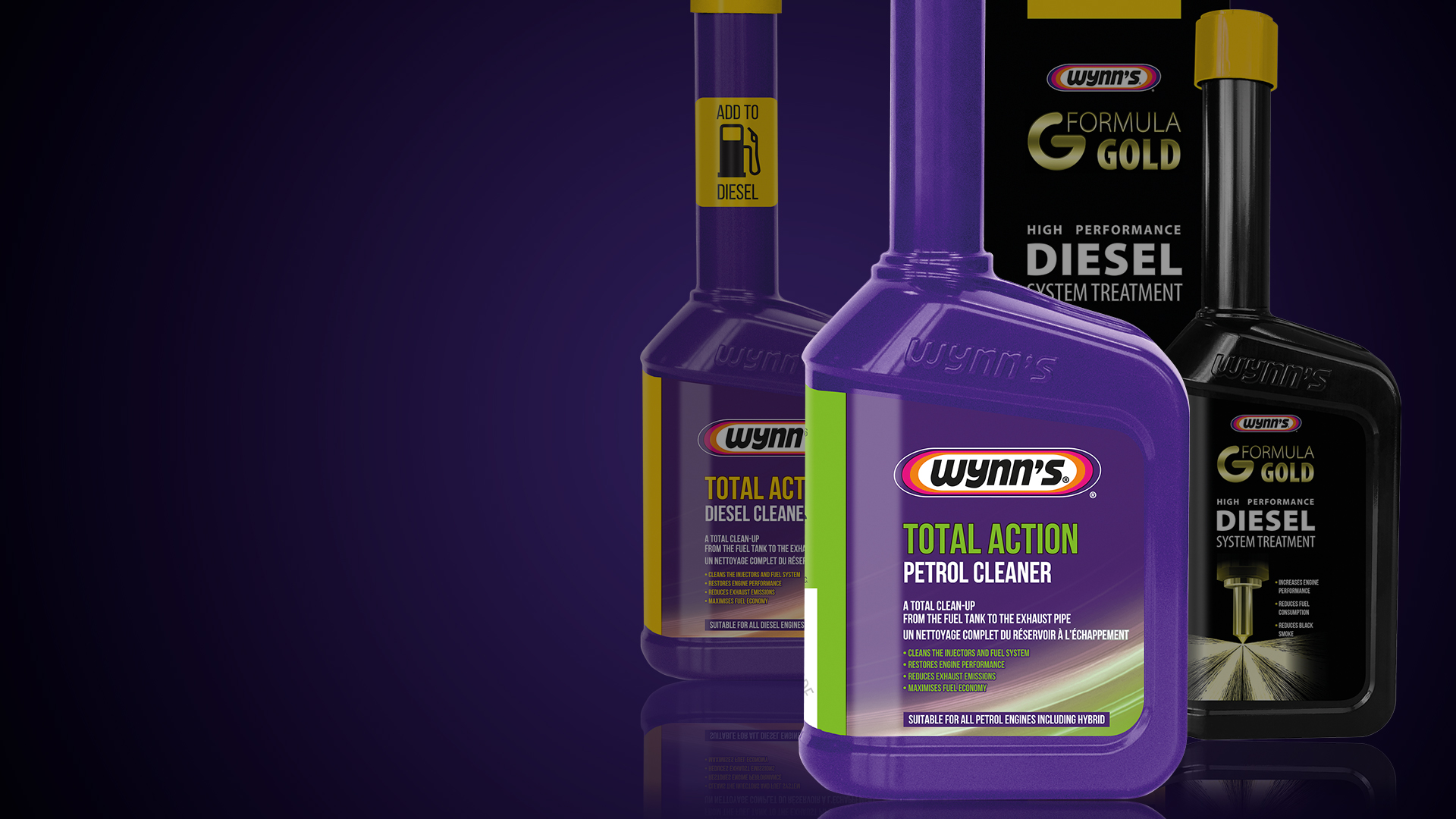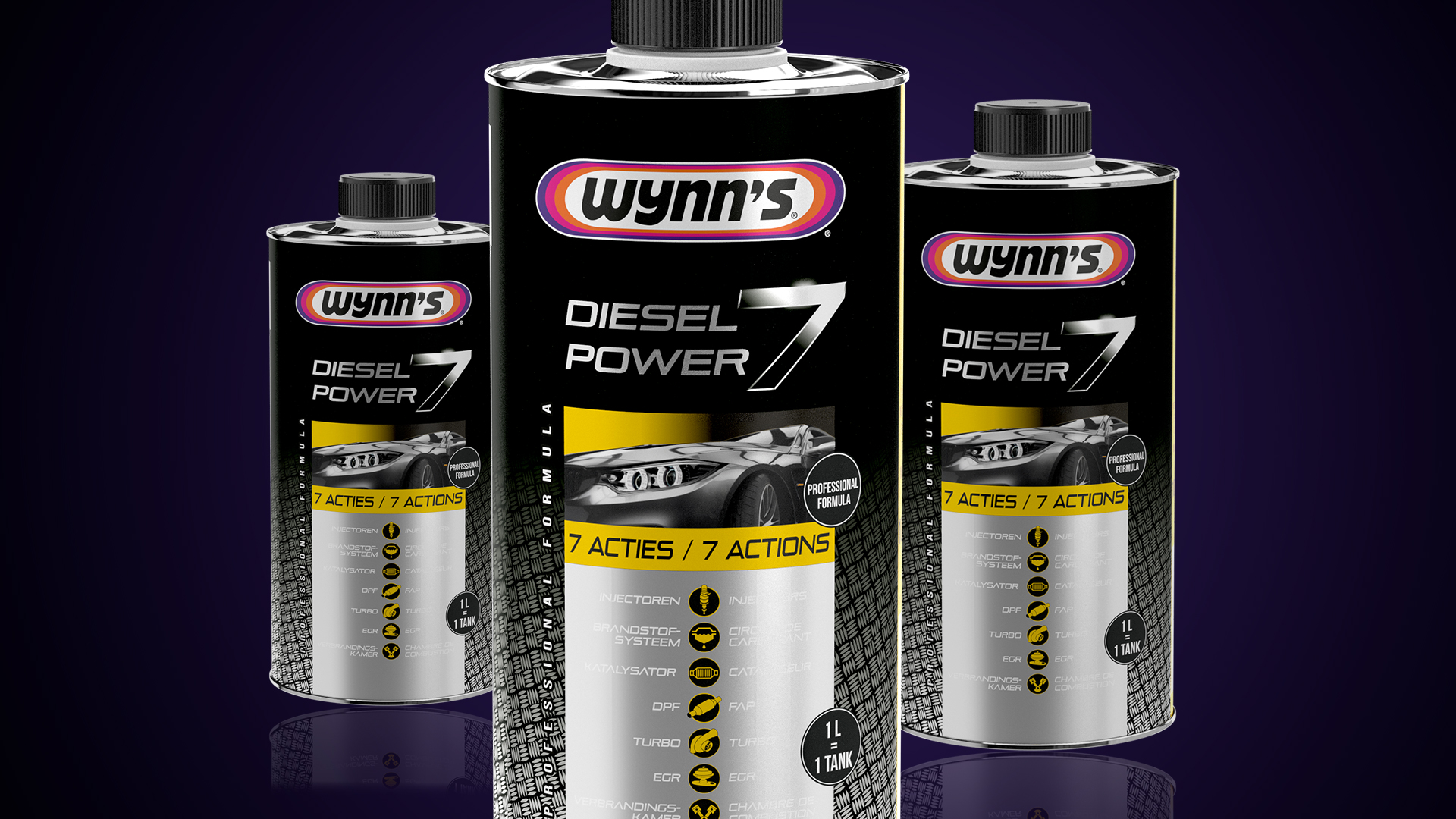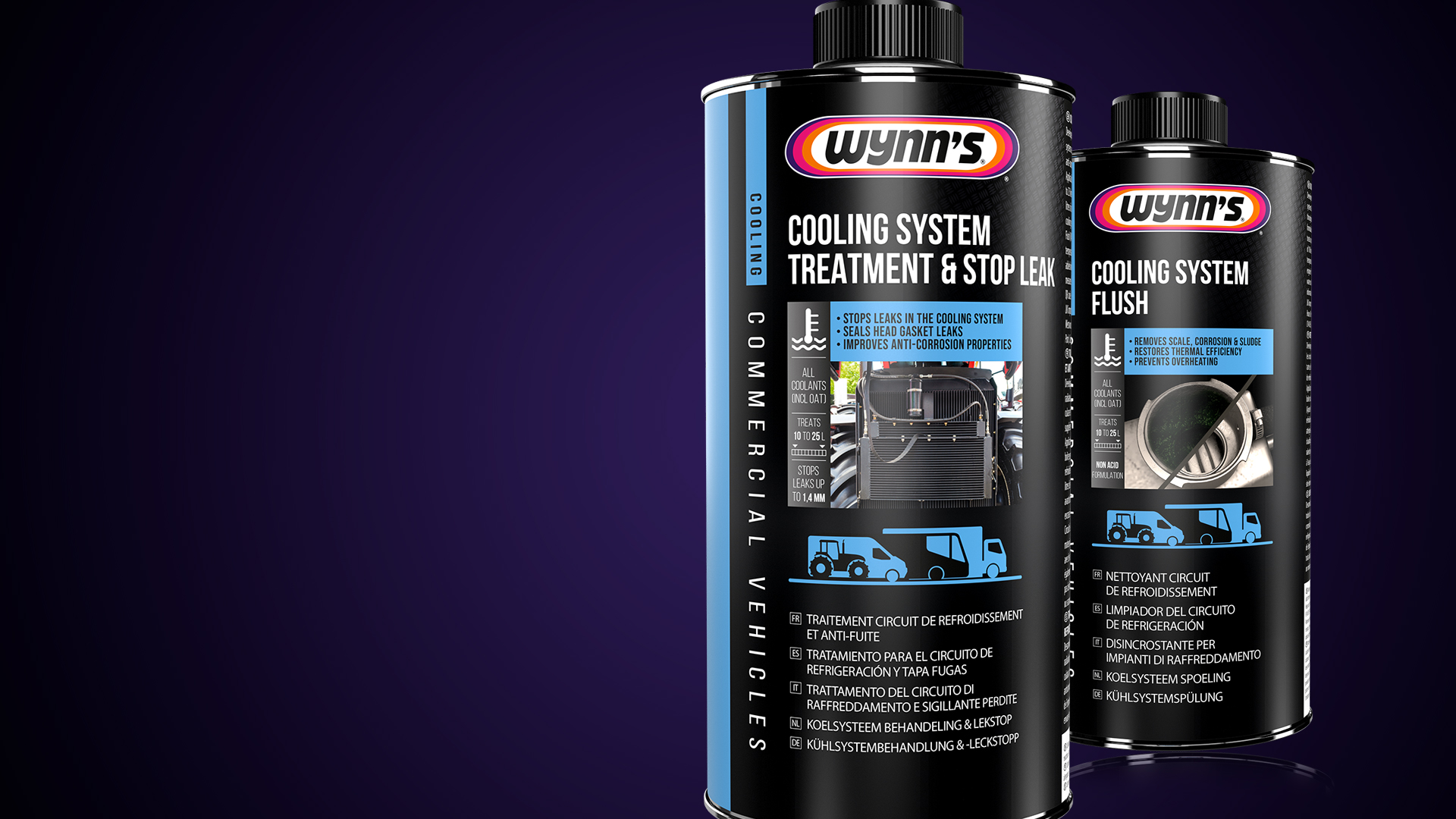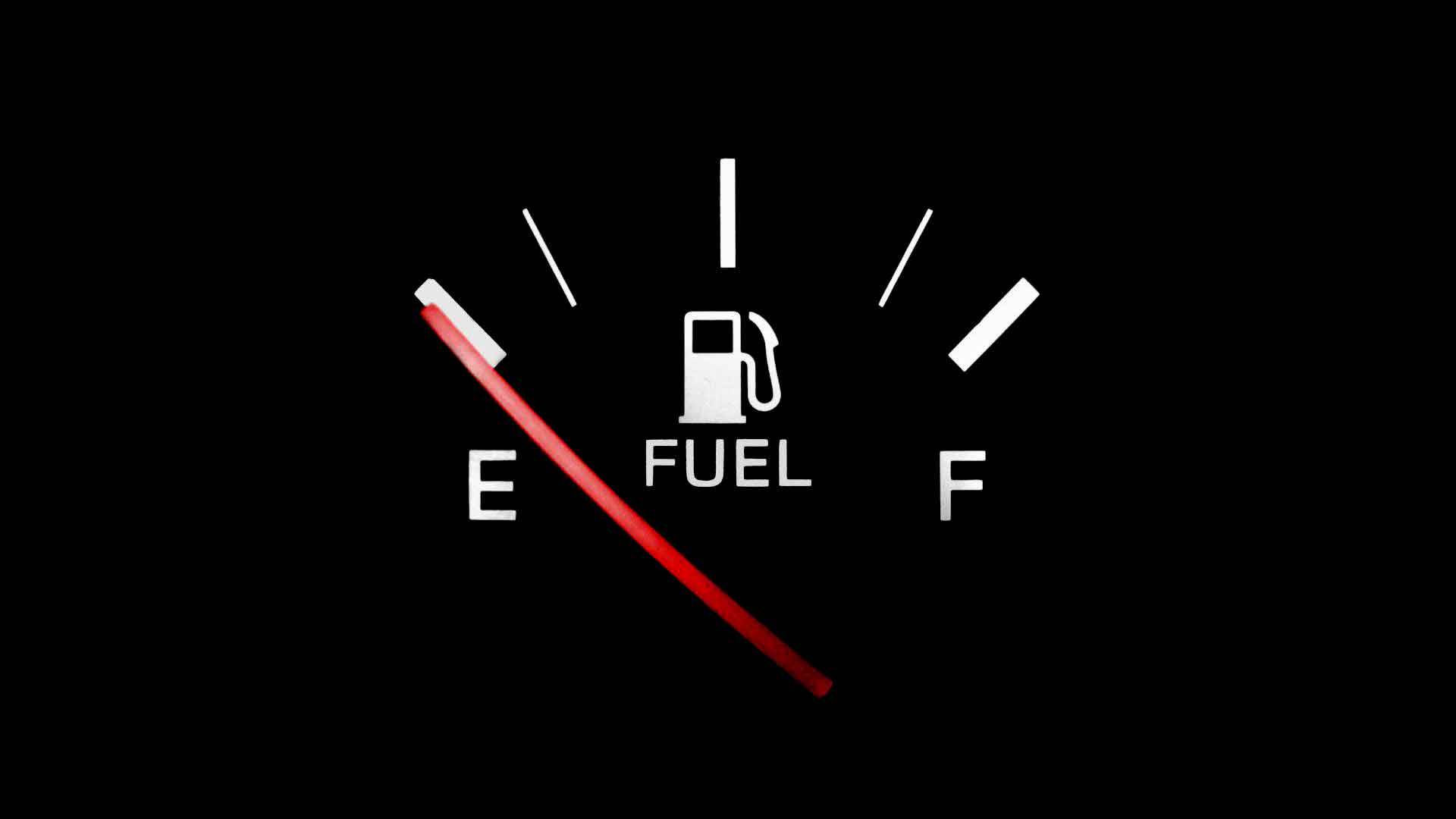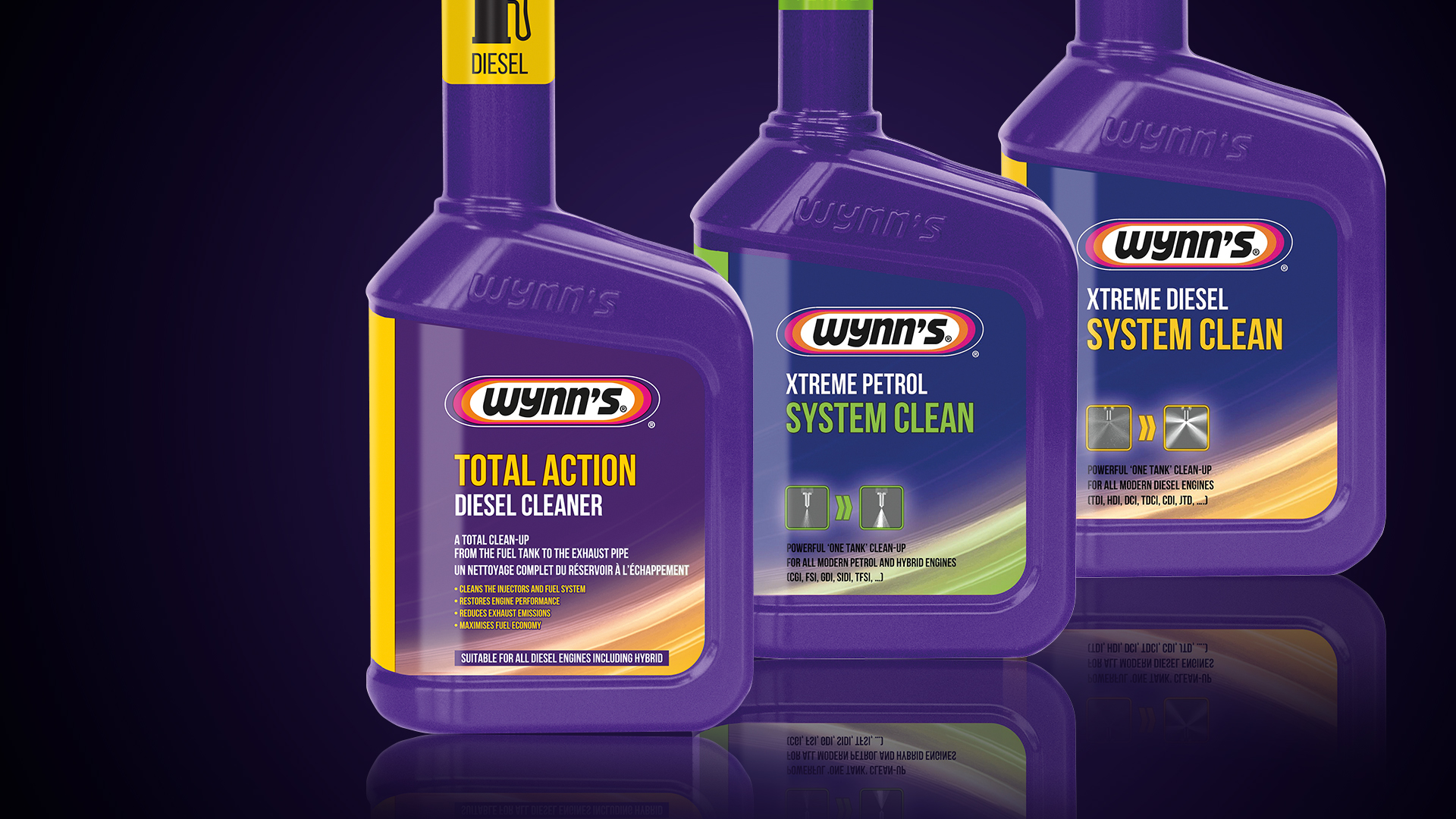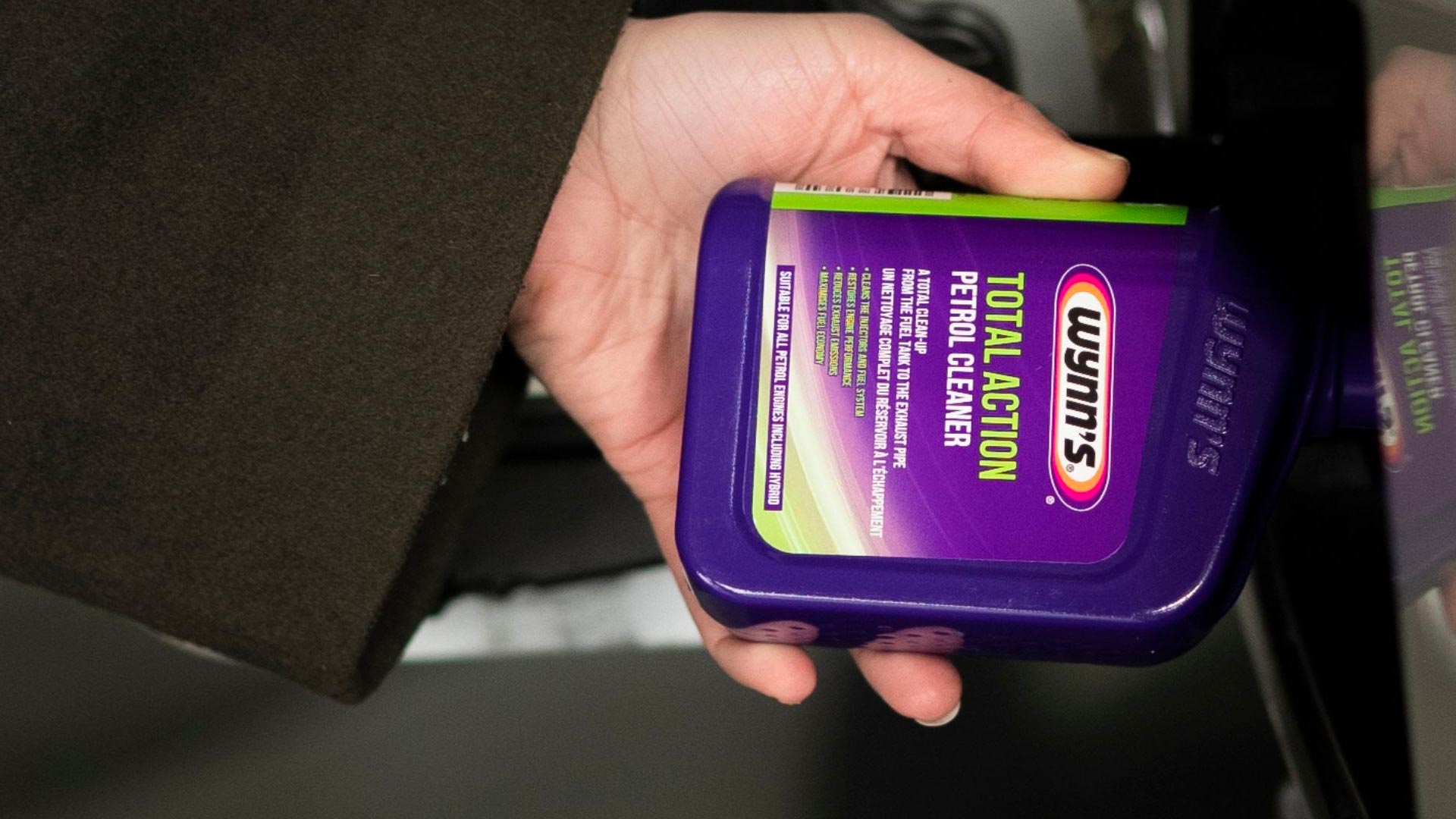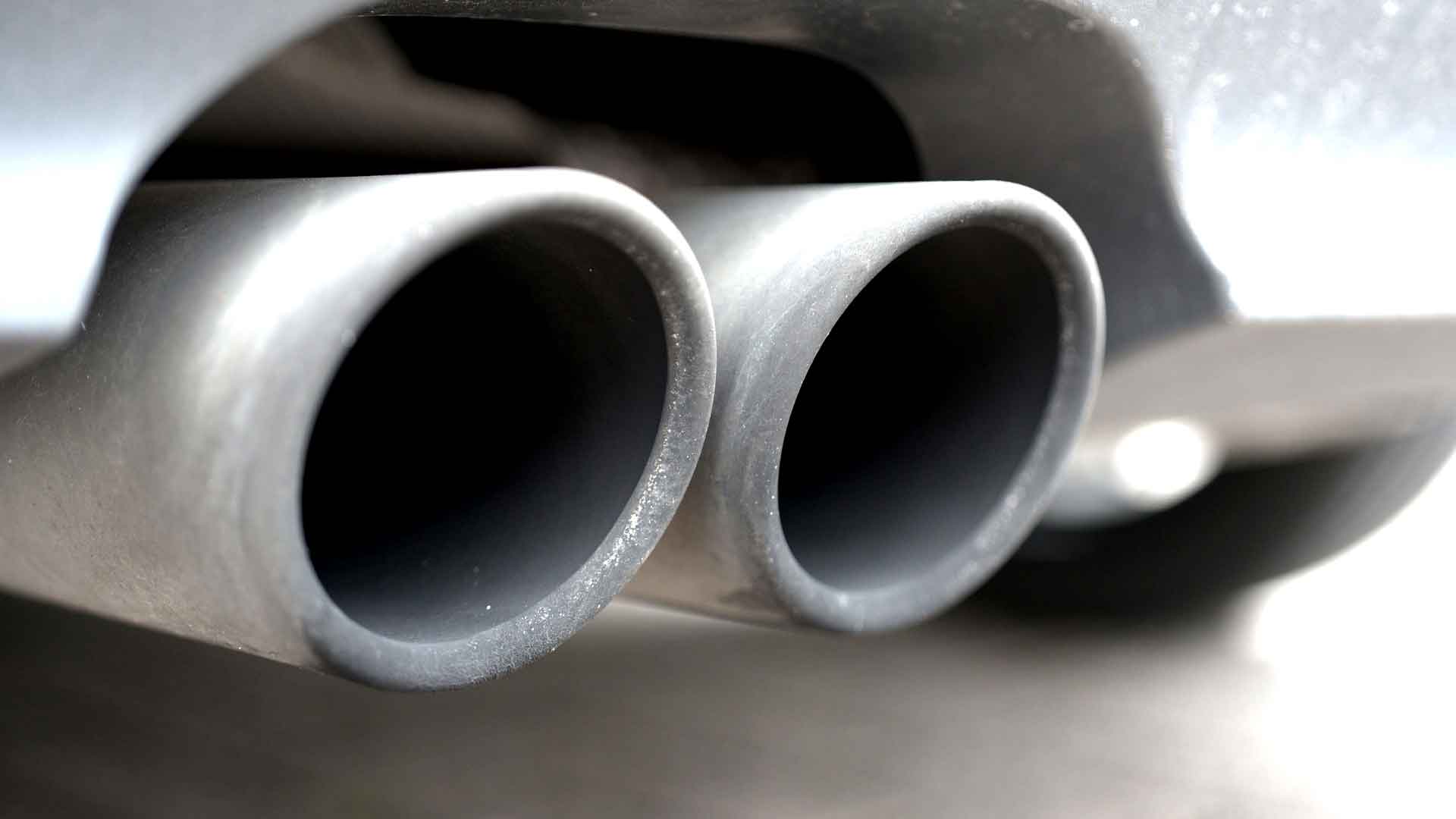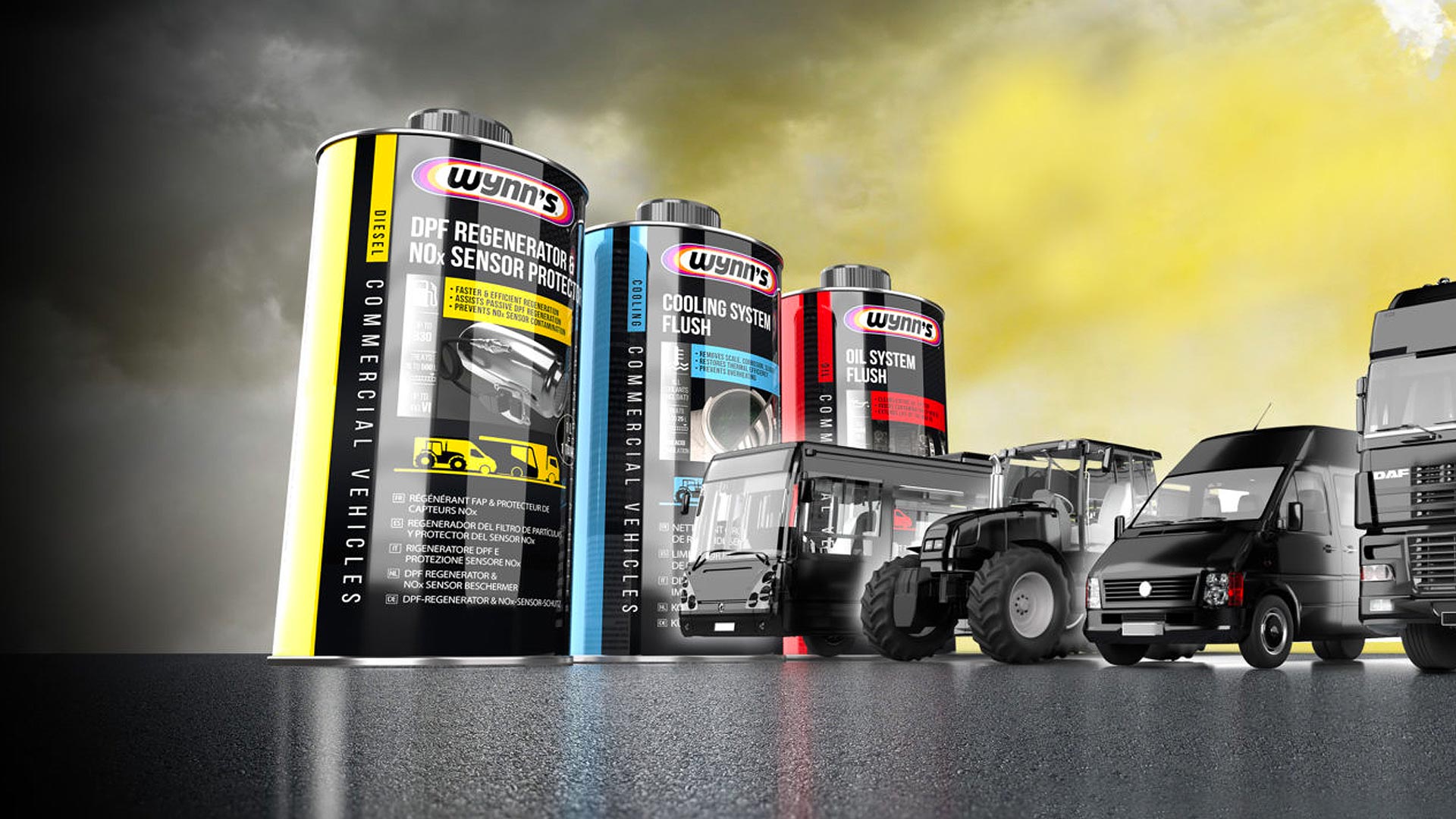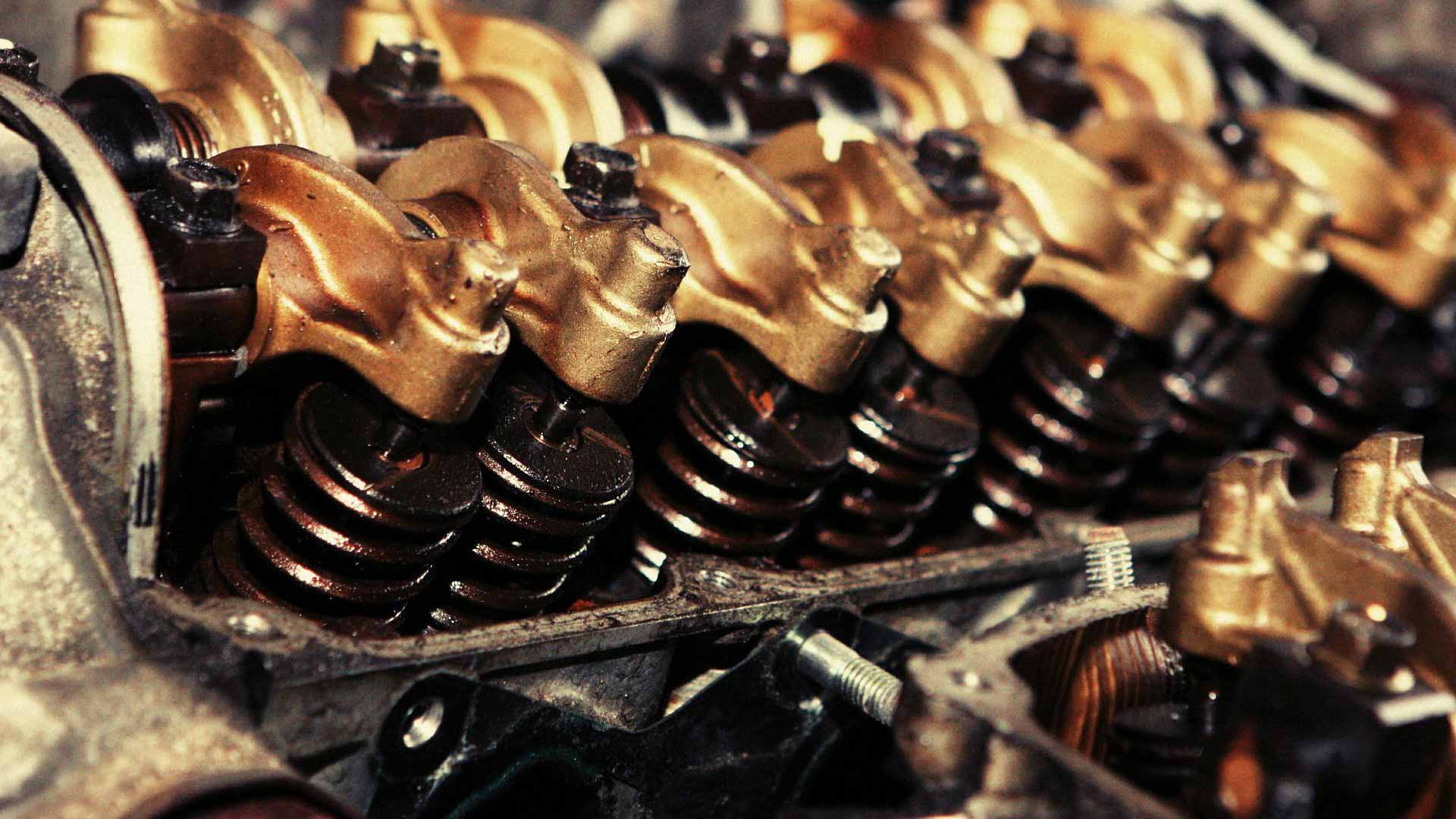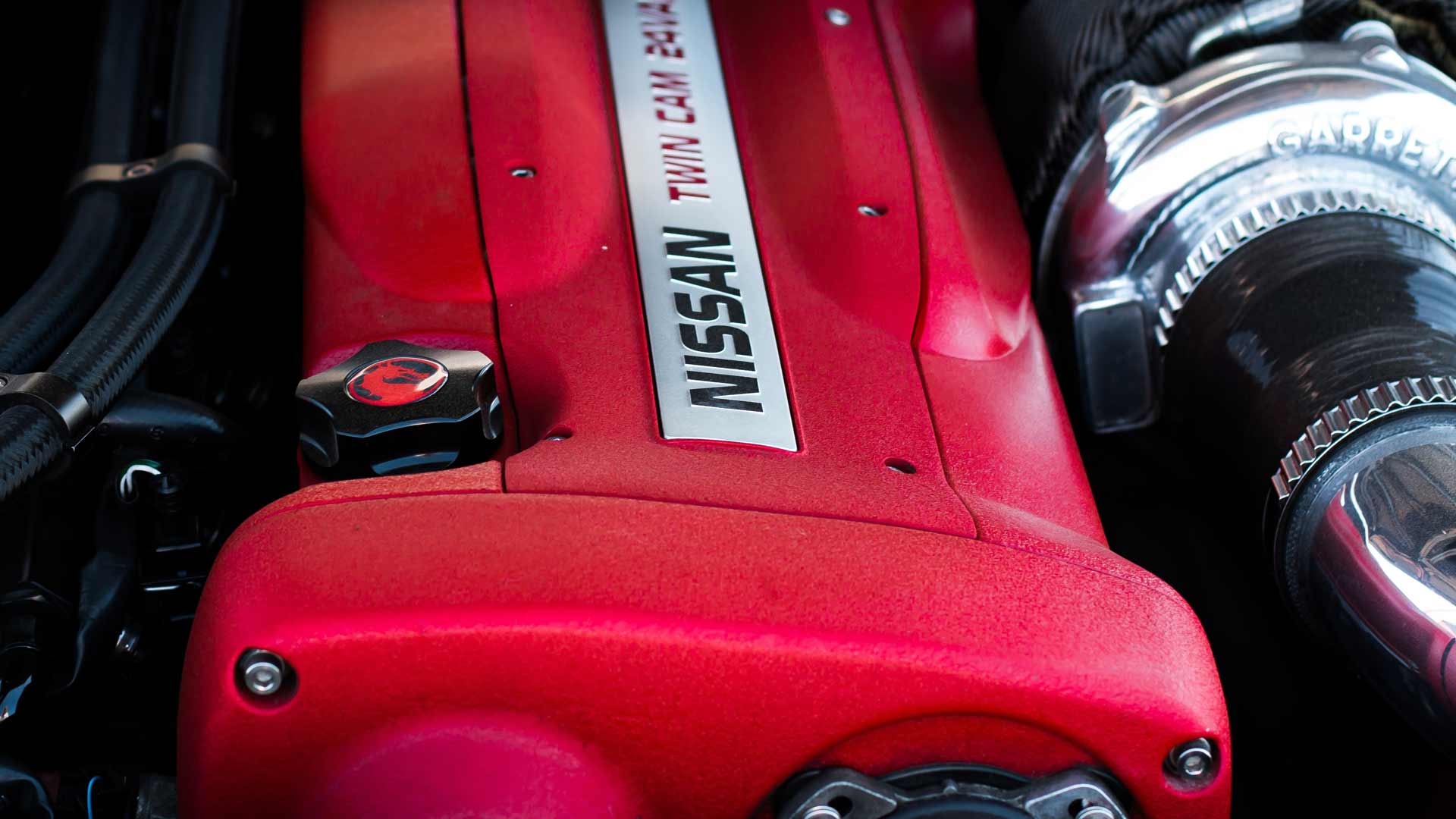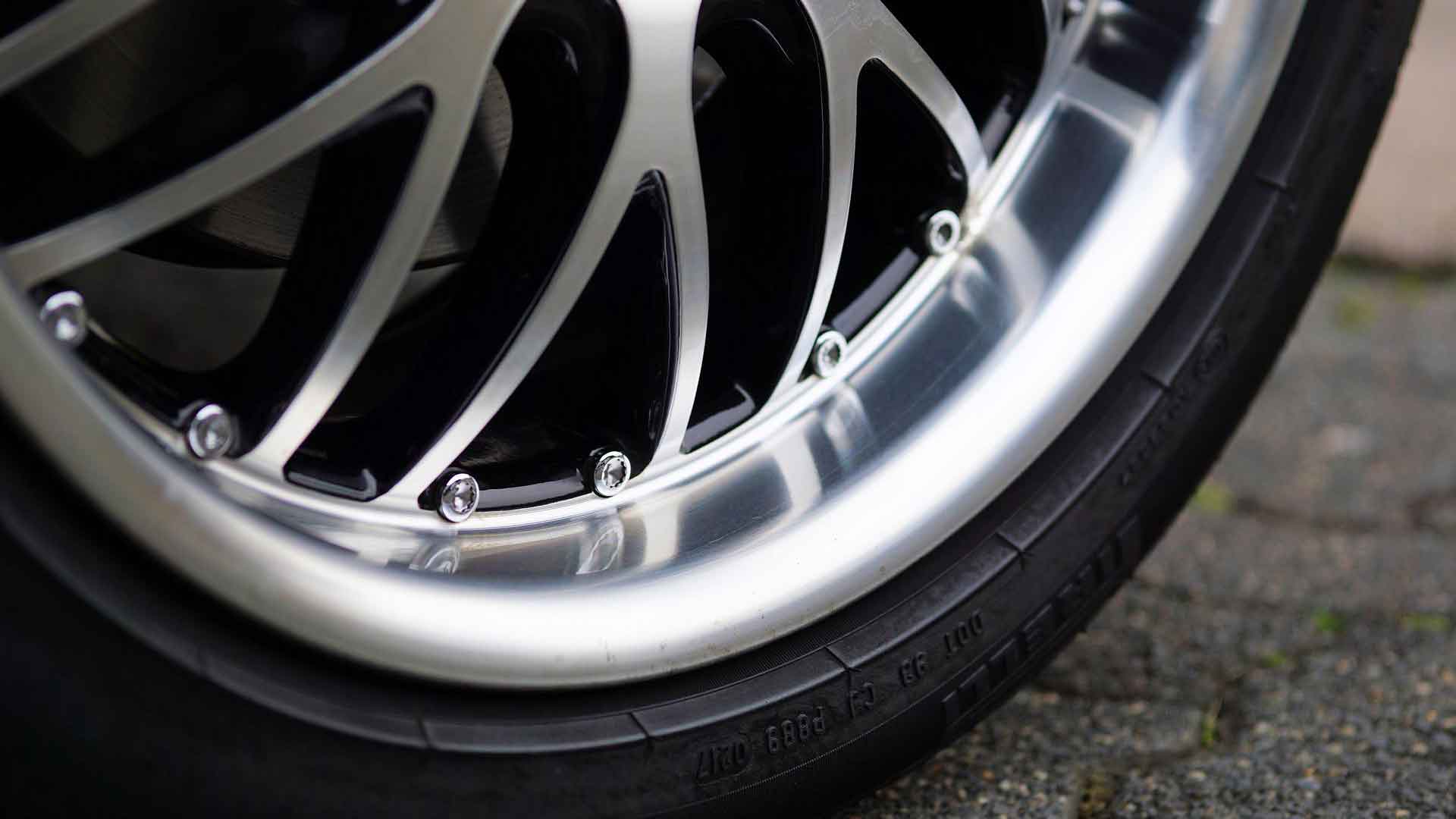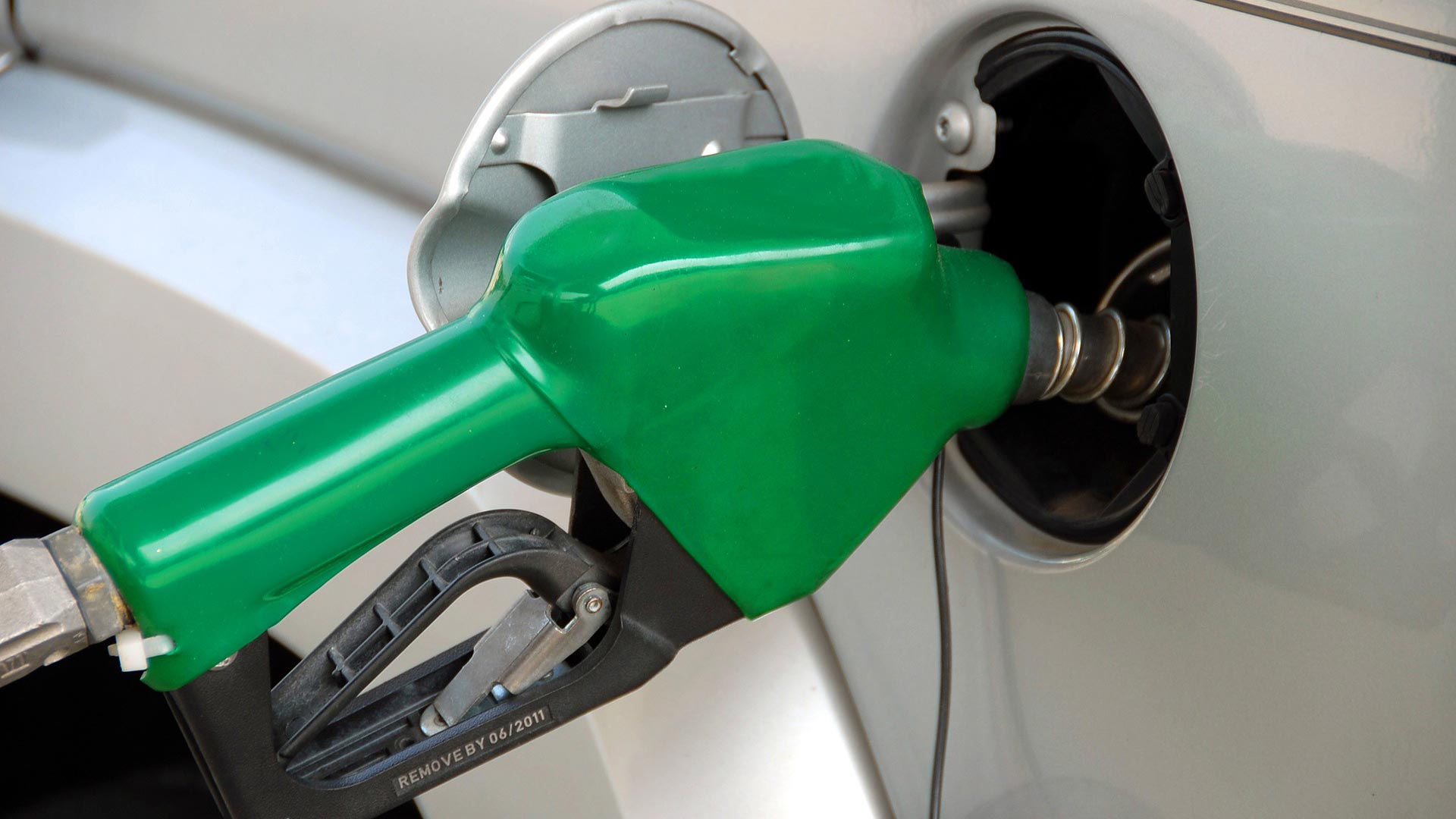Ok, so let’s not get into why you had a contamination issue in the cooling system just yet.
The cause might have been one of those ongoing problems for quite some time and at a guess could very well have turned out a costly repair. Is it worth adding a preventative treatment? Well, we are going to answer this now. We are going to ignore those oil contaminate reasons for now and come back to them later in this article but what treatments should you consider if oil or a type of contaminant has been present inside the cooling system?
Well, the main approach would be to apply a coolant flush directly to the cooling system, maybe not just the once either, a process you may need to do a number of times before the system is completely free from contaminants. The problem is, if you fail to clean a contaminant then additional damage can occur and let’s face it if you’ve just been party to a new head gasket and the cost that goes with it then you probably don’t want to spend any more money right now.
The Wynn’s Radiator Flush 325ml is designed to be applied to the cooling water reservoir and then circulates through the cooling system, flushing out any impurities, oil, corrosion, limescale, sealant or other foreign matters.
How to apply Wynn’s Radiator Flush 325ml
- Add to the cooling system via the expansion tank or directly into the radiator if a single hose overflow tank is fitted
- Allow the vehicle engine run idle for 10 minutes. Ensure the Heater is still in “hot” position
- Next, switch off the engine and allow to cool completely, open the drain valve and empty the cooling system. Always dispose of waste liquid responsibly
- The final step whilst the cooling system still open, flush with water until clear, close the cooling system and refill with coolant
What mechanical failures cause oil in the coolant?
One of the most common reasons is a leaky head gasket. A gasket helps prevent high combustion air pressure. A gasket is made of rubber so should a vehicle engine overheat then the head gasket may fail and as a result caused engine oil to spill into the coolant system.
One further cause can be a faulty oil coolant heat exchange. On some more modern vehicles the oil cooler may be fitted and over time rubber seals can fail or cracks may appear causing oil to mix into the coolant system.
A slightly more less common issue would be a crack in the engine block. Overheating is the main cause due to prolonged lack of oil of coolant causing the engine block to suffer long periods of high temperatures. Oil and coolant are likely to mix if cracks appear. Once a new engine block has been fitted then treating the coolant system with a series of radiator flush treatments will help clean the coolant system.
